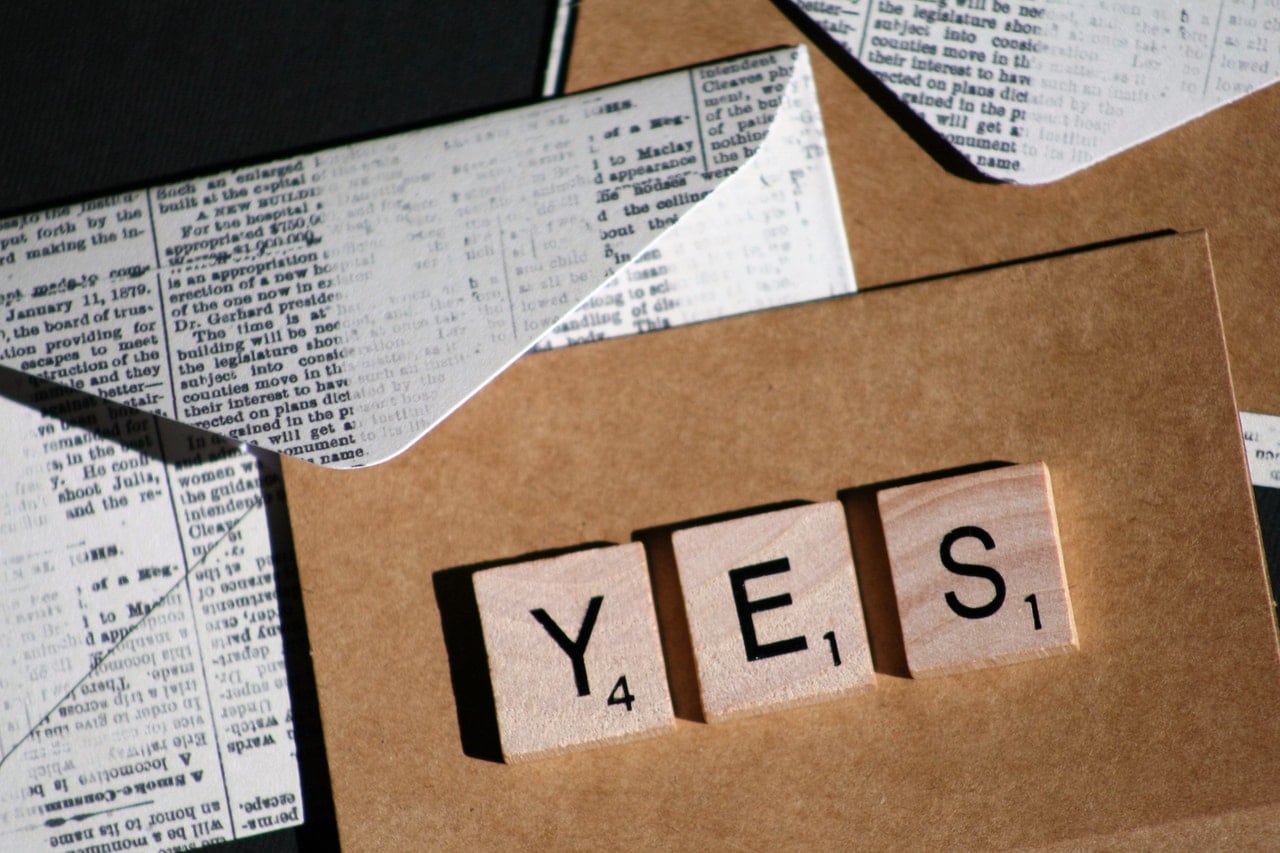What Is the Customer Service Recovery Paradox, and How Can You Leverage It?
Recently, my family decided to buy a new tent. The two-person one my husband and I had relied on for years would no longer suffice with two kids in tow, so we decided to try a bigger version from a different brand.
By the time we got around to taking our purchase out of the package, however, we discovered it was damaged. A torn rainfly was definitely not what we wanted to see, especially with storms in the forecast for our upcoming camping trip.
A quick call to the manufacturer to request a replacement part revealed that the model we had purchased was no longer being produced, which meant no replacement part was available.
In many instances, the conversation would’ve been over at this point. We would’ve simply returned the tent to the retailer and looked for a new one from a different company.
But the company clearly didn’t want to negatively color our experience as customers. So instead, the customer service representative placed our call on hold to check with a manager and see what the company could do. Within minutes, he had a solution: Would we like to pick out a newer, bigger model to be delivered directly to our doorstep—at no extra charge?
Um…yes, please.
Needless to say, we are now raving about the benefits of buying from this particular manufacturer. And it’s all thanks to one simple-but-powerful philosophy that was in play.
If you haven’t yet discovered the power of the customer service recovery paradox, it’s time to become familiar with this phenomenon. This little-known approach is frequently overlooked by businesses, which can make it an ideal secret weapon in the battleground of customer experience.
What Is the Customer Service Recovery Paradox?
From customer service training to case management tools, so much of what we do today is centered around preventing problems and avoiding miscommunication. But what if the occasional mistake is exactly the motivation your team needs to make customers love your company more?
Contrary to what you may have heard elsewhere, mistakes don’t typically cause customers to stop doing business with a company. It’s how your team handles those mistakes that will ultimately dictate the customer’s relationship moving forward.
According to the service recovery paradox, customers will often hold a company in higher regard after a problem has been resolved. Because it increases consumer confidence and trust, an effective “service recovery” response can endear customers to you and lead to higher levels of loyalty than would have existed had the issue never occurred in the first place.
Rather than merely maintaining satisfaction, you can elevate it to higher levels.
How to Put the Service Recovery Paradox into Action
With a few key priorities in place, any company can experience the benefits described above. To put the customer service recovery paradox to work within your organization, we recommend starting with two key strategies.
Equip all frontline employees to handle customer service complaints.
If you want the service recovery paradox to be effective at your company, there’s one essential element you’ll have to get right. Rather than passing all complaints over to customer service, you’ll need to make sure your marketing strategists, sales representatives and support agents all have the resources and tools they need to act immediately when issues arise.
Why? Because your customers are interacting with your company across a wide variety of channels. Until every frontline employee is empowered to take action, you’ll run the risk of unresolved problems slipping through the cracks. By incorporating customer service into all aspects of your business, you’ll ensure each individual is equipped to meet the needs of every customer, at any time.
Focus on reducing your customer effort score.
If you’re not already measuring your company’s Customer Effort Score (CES), now’s the time to start. This important customer service metric tells you how much work your customers have to put into getting an issue resolved or a question answered. The higher the score, the less loyal and more dissatisfied your customers are going to be.
Whether they’re spending valuable hours being placed on hold or are forced to explain the same issue multiple times via chat, every minute spent communicating about the problem itself is another minute you could be using to turn frustrated customers into loyal fans instead.
By identifying opportunities to reduce friction—answering commonly-asked questions in your knowledge base, keeping your self-service portal up-to-date and equipping staff with the right resources—you can make a noticeable difference in your customers’ experiences.
In conclusion: While the service recovery paradox isn’t the only customer service strategy to prioritize, it’s definitely one of the most important. This one method alone has the power to turn frustrated customers into raving, loyal advocates—simply by addressing issues quickly and satisfactorily. The impact of this approach is so influential, it can create even more goodwill than can be achieved when things go smoothly in the first place.
Looking for more ways your organization can get a competitive edge in customer service? Take a look at these posts for inspiration and ideas from thriving brands:
You Should Be Doing Customer Service Like These Two Companies
Lessons From Two More Top Customer Service Companies

